How to make smudge sticks: Witchcraft supplies from your garden
 Lee Burkhill: Award Winning Designer & BBC 1's Garden Rescue Presenters Official Blog
Lee Burkhill: Award Winning Designer & BBC 1's Garden Rescue Presenters Official Blog

Smudging is an ancient practice rooted in many cultures, particularly among Native American traditions, used to purify spaces, cleanse energy, and promote a sense of calm and well-being. Smudging, smoking or saging has also been adopted by the witchcraft community and those who seek guidance from the universe connected with spiritual matters.
Different dried herbs bring different properties to your smudging, whether it's clearing negativity (Sage), providing protection (Mugwort), bringing calm (Lavender) or helping scare off evil spirits (Yarrow). You can create smudge sticks for any purpose!
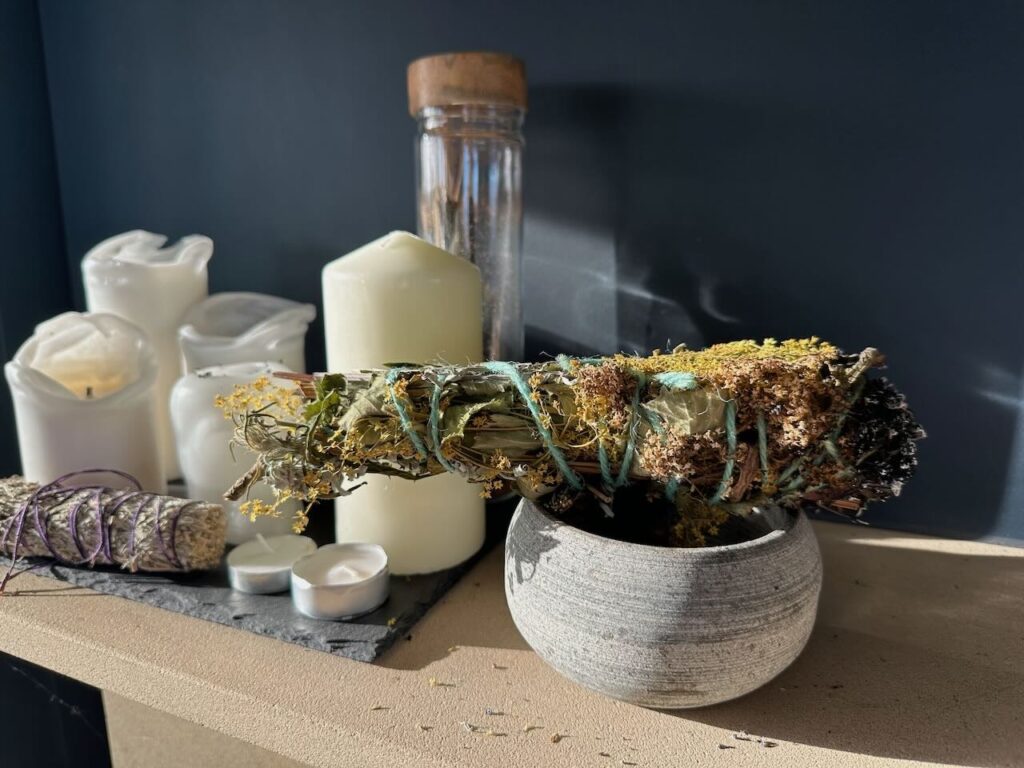
Smudge sticks, typically bundles of dried herbs, are burned to create aromatic smoke. This smoke aids in this spiritual practice by cleansing spaces or helping you clear out negativity. Similar to incense, this highly scented smoke can help bring both mindfulness and freshness to the rooms of your home.
Making your own smudge sticks is easy and allows you to personalize the herbs for your specific spiritual needs. In this guide, you'll learn how to make your own smudge sticks with various common garden plants and herbs that you can grow yourself Ninjas!
When you make your own smudge sticks, you have complete control over the ingredients, ensuring they are fresh, organic, and aligned with your intentions. Whether you want to enhance focus, cleanse negative energy, or create a relaxing atmosphere, crafting your smudge sticks can be an empowering and mindful process. You can also reduce the air miles of your smudge sticks, as often sage sticks are flown great distances across the world.
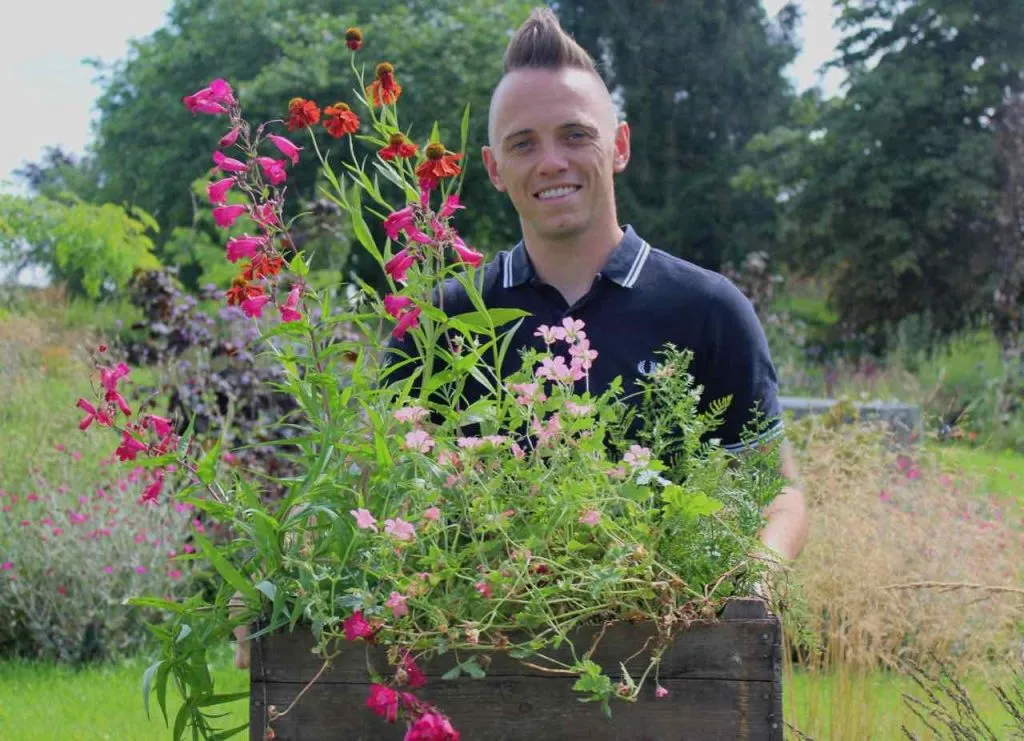
Sage smudge sticks and Palo Santo (a type of wood that can be burnt so it smoulders an aromatic smoke) have become popular for spiritual and cleansing rituals, but their increased demand poses environmental concerns. Overharvesting of white sage, which is native to the U.S. Southwest, threatens its wild populations, harming ecosystems and impacting Indigenous communities who traditionally use it.
Similarly, Palo Santo, native to South America, faces overexploitation due to unsustainable harvesting practices. This threatens the species' survival and contributes to deforestation. The rise in demand for these plants has raised awareness about ethical sourcing and the need for sustainable, respectful practices.
Crafting your own smudge stick is a great way to connect with your garden and really get to know your plants and their witchcraft associations. (Did you know Roses traditionally are not for love but for protecting the dead in graveyards from evil, for example?)
To make your own smudge sticks, you will need the following items:
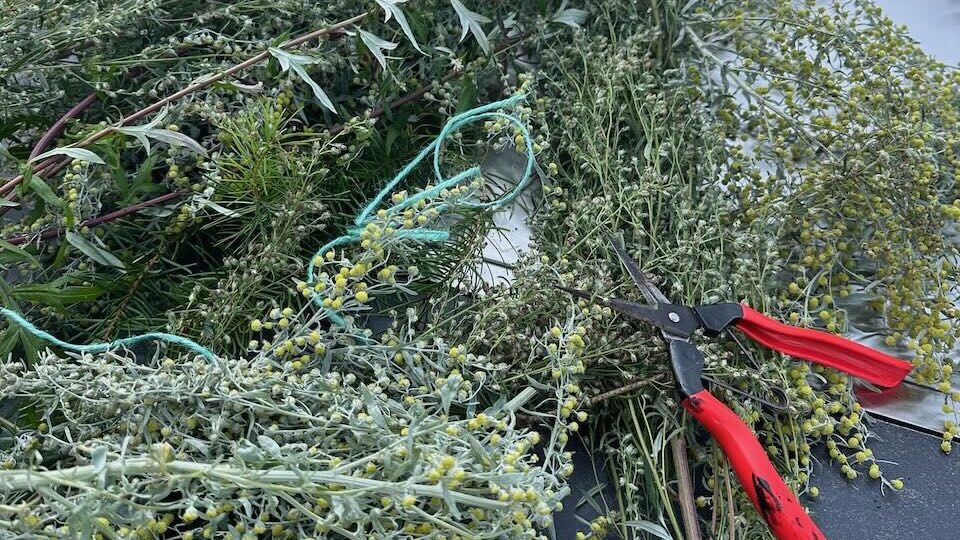
Each herb and plant has it's own unique properties, witchcraft folklore, smoke attributes, and fragrance. While we're used to seeing sage smudge sticks made of just one plant type, I prefer to craft smudge sticks using several plants to help blend their fragrance, spiritual benefits, and other attributes. For example, mixing Mugwort with Lavender is a super intense cleanse for negativity and anxiety. Blending Nettles with Alchemilla mollis acts as a ward for negativity while heightening your magic ability!
Let's take a look at common garden plants that work well in smudge sticks alongside the spiritual or witchcraft properties they bring with them when burnt as a smudgestick
The most traditional herb for smudging, white sage is known for its cleansing and purifying qualities. Witches have used sage to enhance wisdom, promote healing, and safeguard against evil spirits. Its sacred smoke was believed to carry prayers to the heavens, making it a powerful tool for spiritual rituals.
Its unique smell instantly tells you someone is smudging. However, given our temperate climate, it can be hard to grow in the UK.
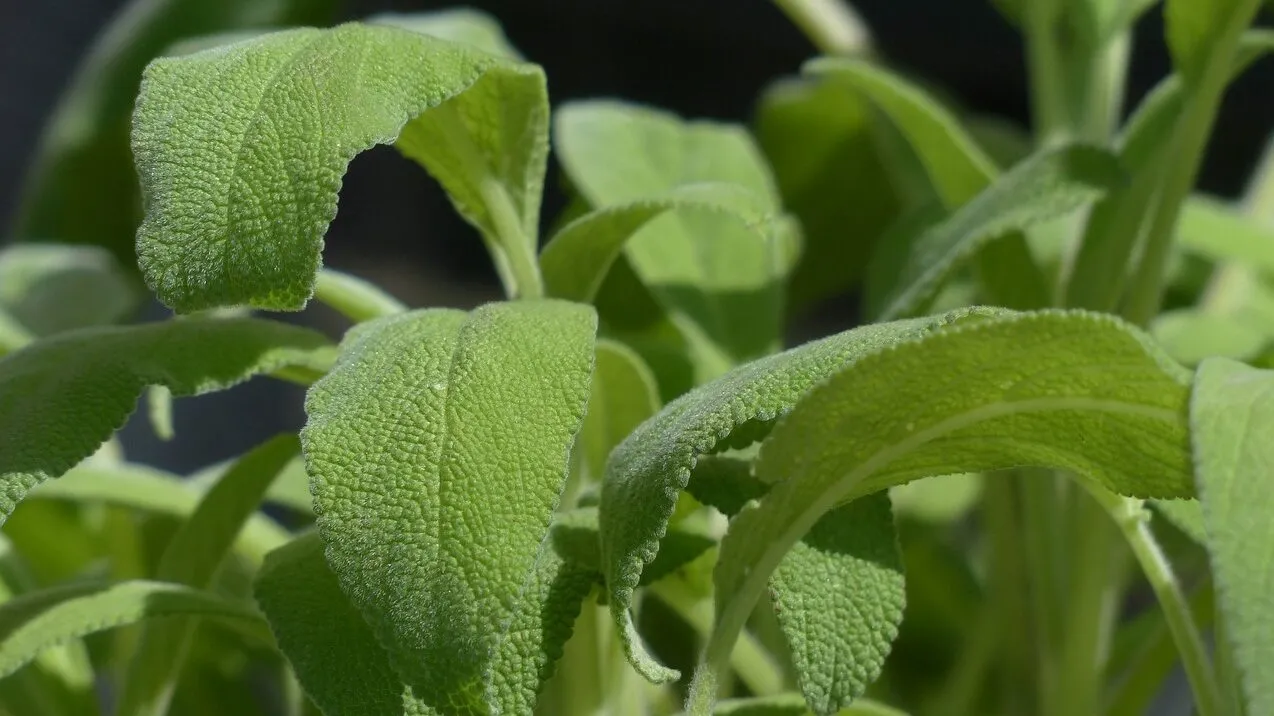
Used to promote peace, relaxation, and calm. It is great for people with sleep issues or generalised anxiety. Traditionally, witches used lavender in spells to bring peace, calm, and clarity, often burning it to cleanse spaces of negative energy.
It was also believed to ward off evil spirits and attract love, making it a popular herb in love spells and sachets. Lavender's soothing scent has been associated with sleep and dreams, with witches often placing it under pillows to encourage restful sleep and prophetic dreams.
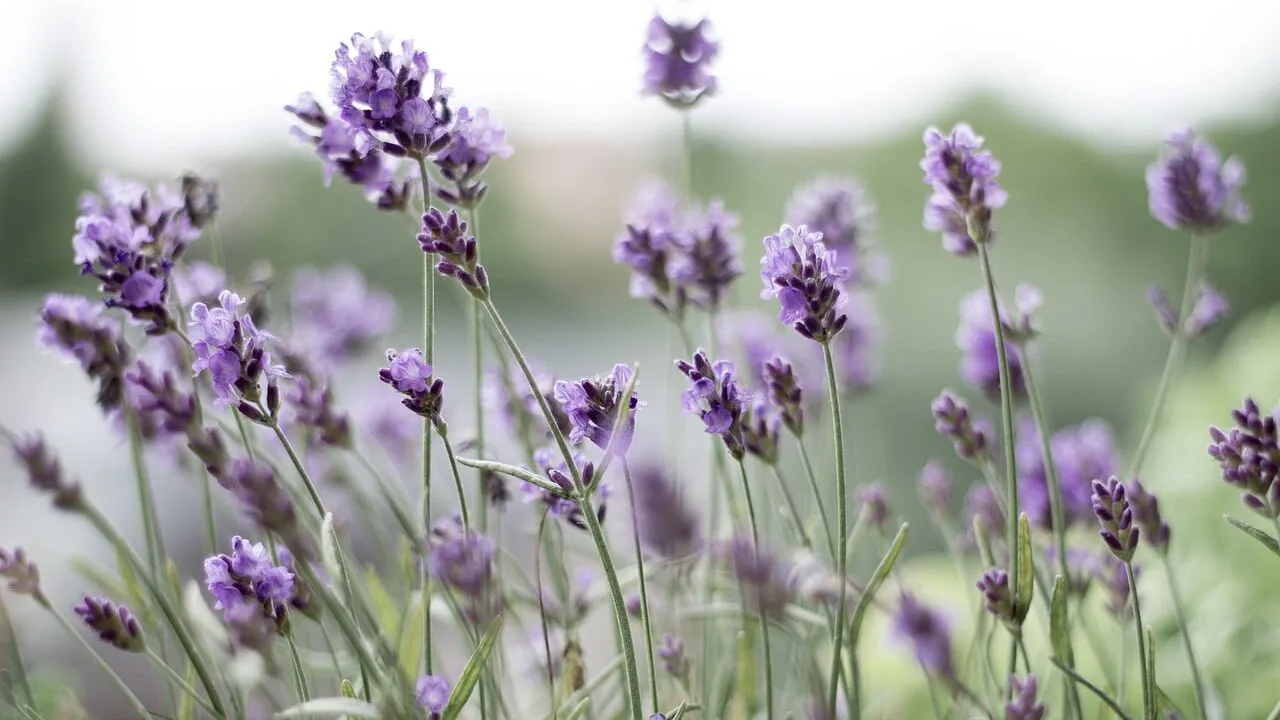
The mother of all protective herbs and magick enablers. This plant is the bedrock of most herbal witchcraft practices. It is a good allrounder, and I include it in all my spiritual work. Choose Artemisia vulgaris (if you have the space) or Artemisia absinthium if you're in a smaller garden, and use it as a shrub in your flower beds.
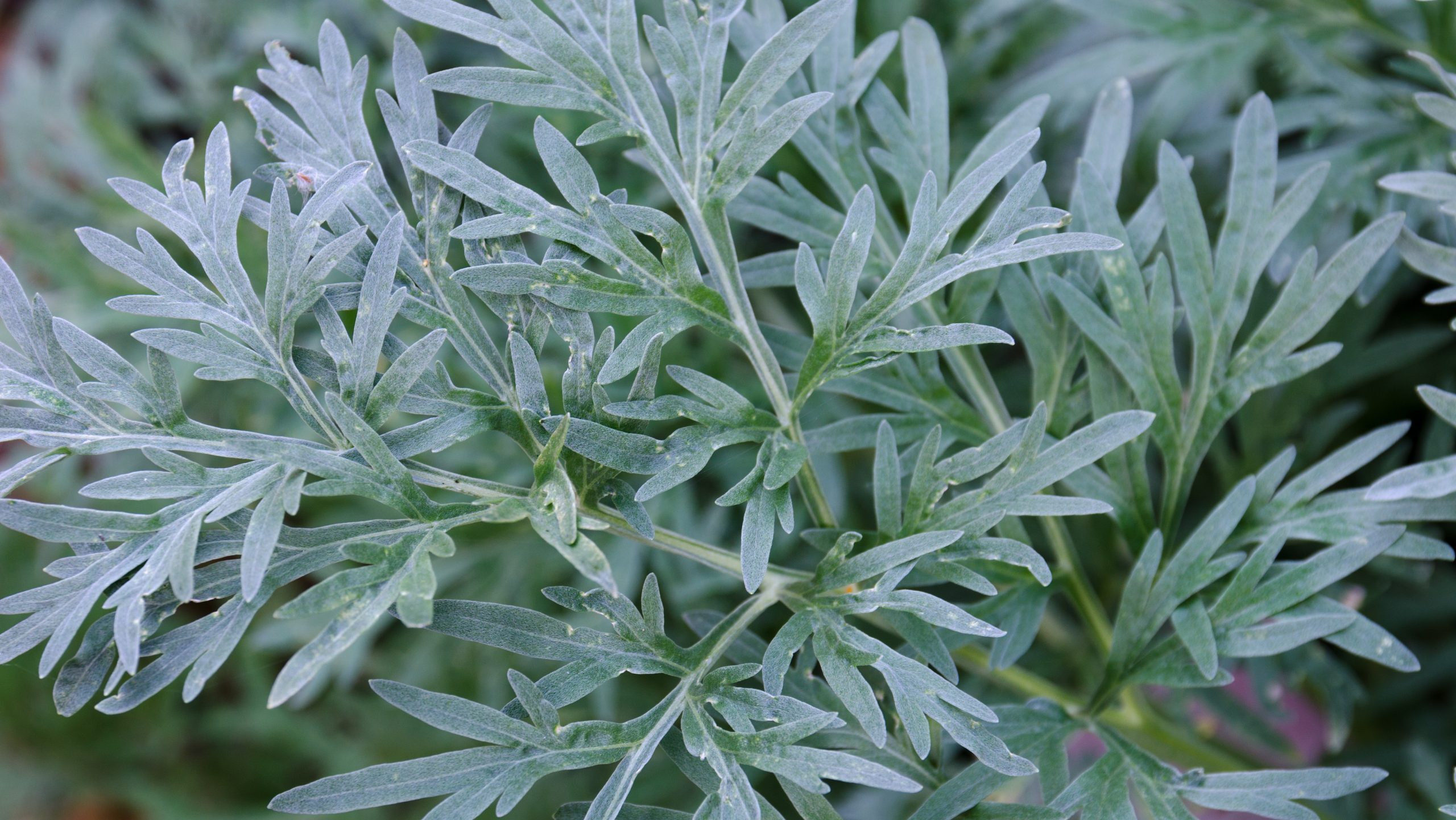
Known for its ability to sharpen focus and boost memory, rosemary is also a protective herb that wards off bad vibes. In ancient times, it was often burned as incense to ward off evil spirits and used in rituals to cleanse spaces. Associated with memory and remembrance, rosemary was believed to enhance mental clarity and was frequently used in spells for healing, love, and fidelity. Its magical significance extended to being placed under pillows to prevent nightmares or worn as an amulet for protection and good fortune.
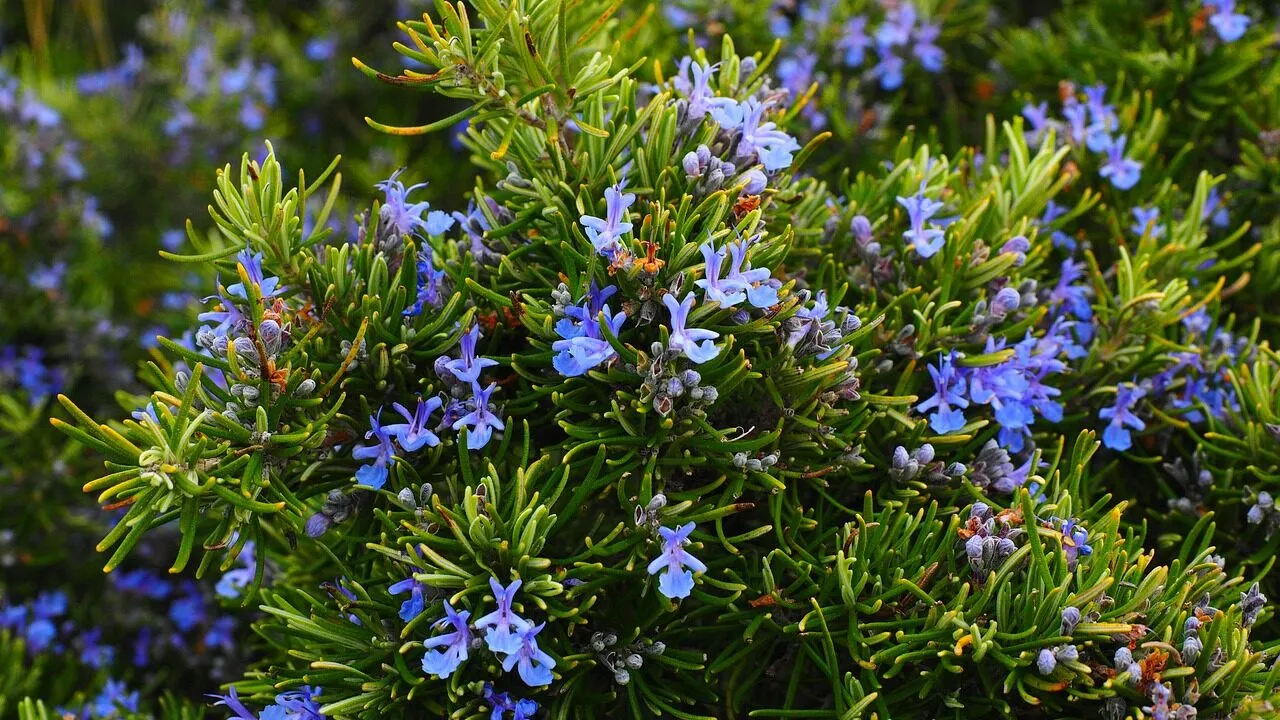
This herb boosts witchcraft and magickal powers and is a great defender against evil spirits given its a healer. It's especially useful if an enemy is throwing shade or hexes your way! Named after alchemy, its dew-covered leaves were believed to possess magical powers, often collected by alchemists for use in their quests to transform materials.
In witchcraft, Lady's Mantle was valued for its connection to feminine energy, fertility, and healing. It was used in love spells, rituals for protection, and to enhance beauty. The plant's ability to retain morning dew symbolized purity and was thought to amplify the power of potions and spells.
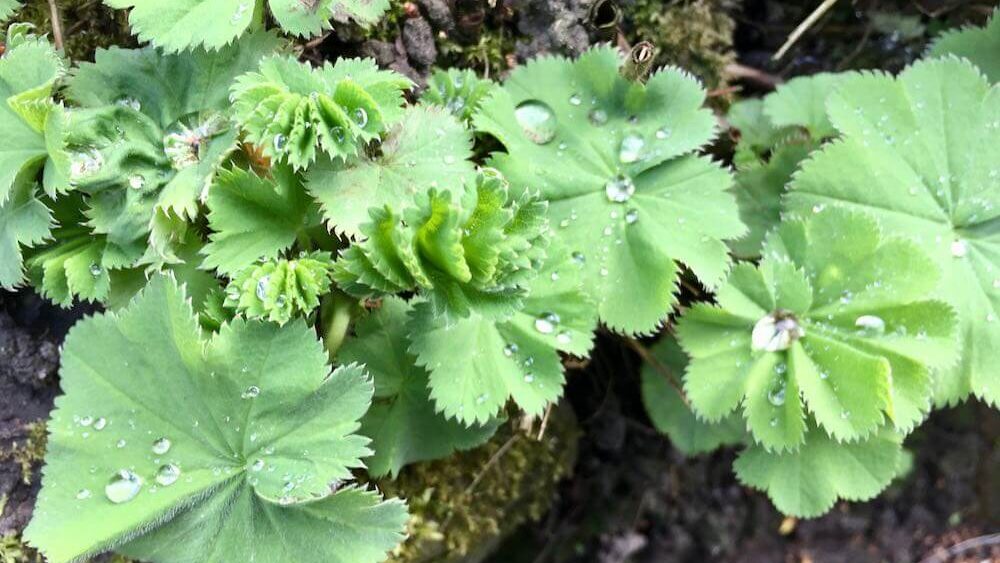
Used in many cultures for purification and protection. Cedar twigs will allow your smudge stick to smoulder more consistently; I always add them to the centre of the smudge stick. Ancient cultures believed that burning cedar could drive away negative energies and evil spirits, making it a popular choice for cleansing rituals and sacred spaces.
In spells, cedar wood was often used to attract prosperity and promote spiritual growth. Its durable, evergreen nature also symbolized immortality and resilience, making it a favoured material for amulets and charms designed to offer long-lasting protection and strength.
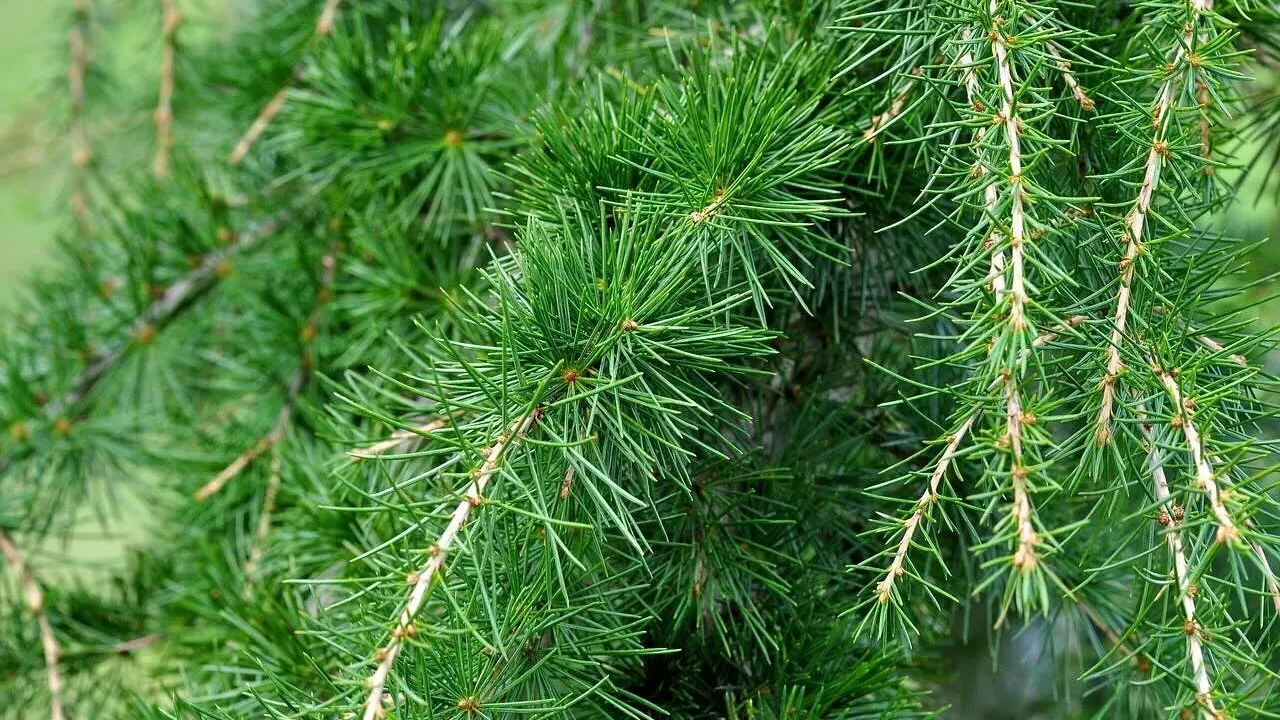
A herb associated with courage and strength, great for beating the blues. Witches used thyme in spells to enhance courage, promote restful sleep, and attract good health. It was also believed that carrying thyme could help one see fairies or protect against nightmares.
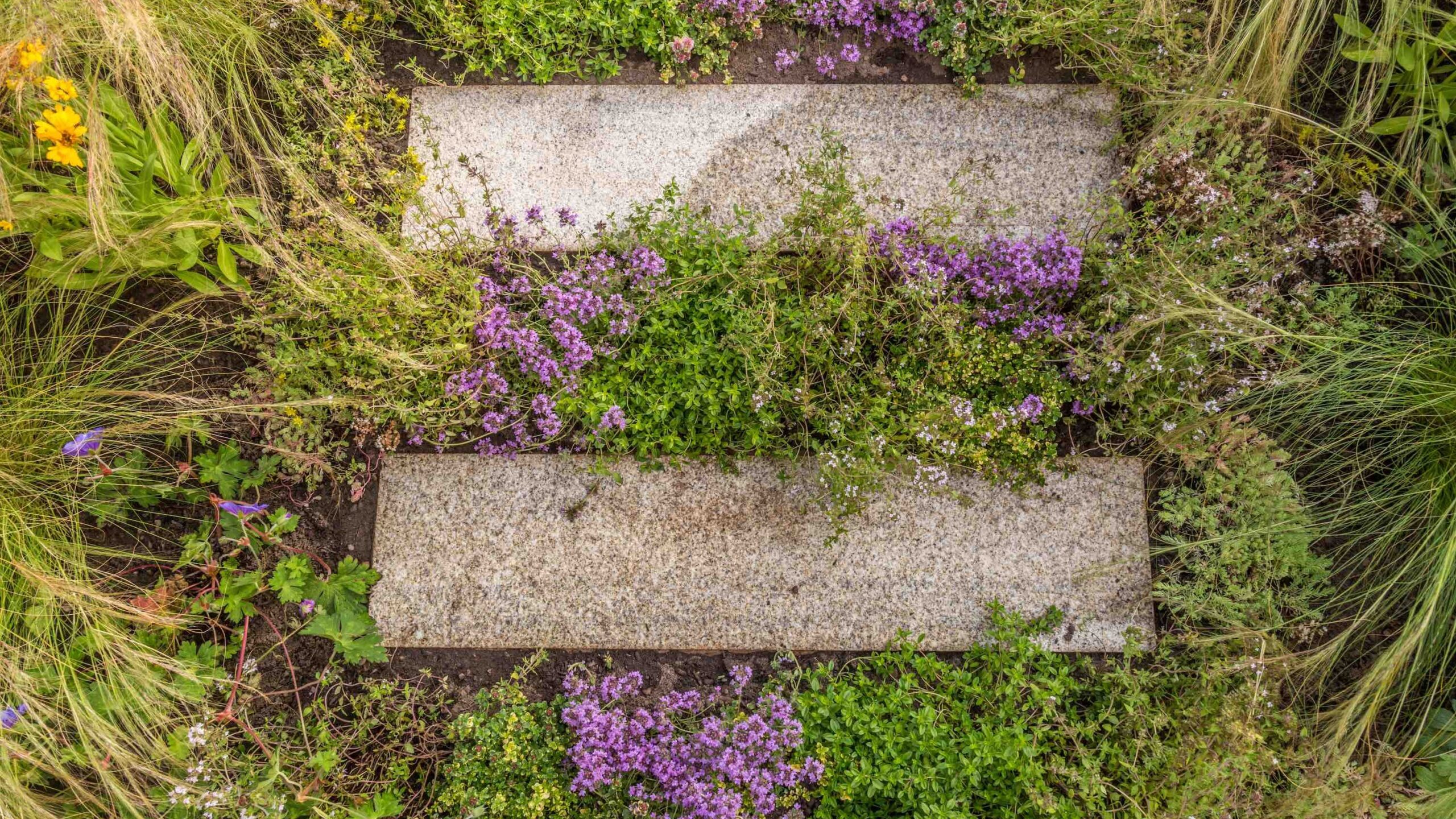
Roses have long held a special place in witchcraft, symbolizing love, beauty, and protection, but before that were actually used to protect graveyards from evil spirits. In magical practices, the petals are often used in spells to attract love, enhance beauty, and foster emotional healing. The thorns of roses are believed to offer protection, and rosewater or oils have been used in rituals for purification and spiritual upliftment.
Roses are also tied to goddess worship, particularly in honoring deities of love and passion like Aphrodite and Venus, making them a powerful symbol in both ancient and modern witchcraft. Adding rose petals brings a soothing, loving energy to your smudge stick. Stems will help provide protection and enable your smudge stick to smoulder longer.
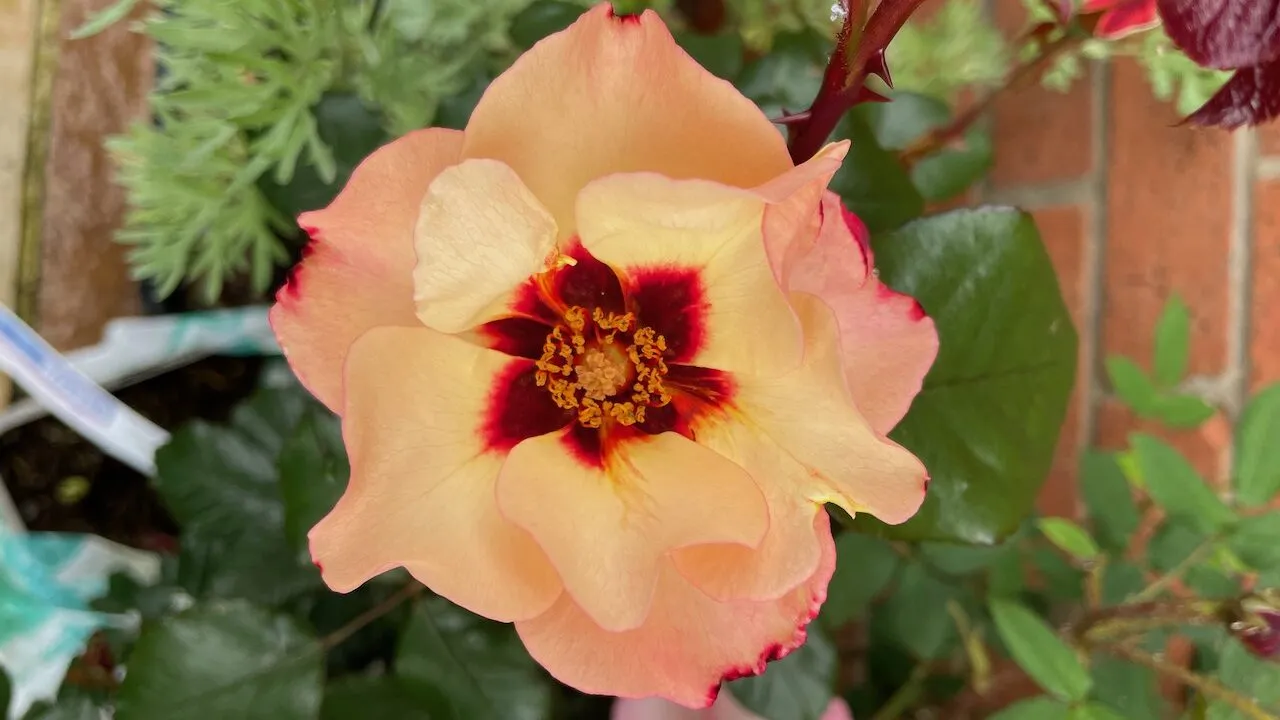
Finally, a use for nettles other than nettle tea or getting stung! Witches would hang dried nettles above doorways or carry them in sachets to ward off evil spirits and negative energy. Nettles were also believed to provide spiritual armour, shielding practitioners from hexes and curses. In healing magic, nettles were used for their powerful medicinal properties, symbolizing resilience and vitality. The plant’s sharp sting was thought to repel unwanted influences, making it a staple in rituals focused on defence and purification.
Harvest nettles using gloves to avoid being stung. Ensure you harvest them either early in spring or autumn to prevent disturbing butterflies, which use nettles to lay their eggs.
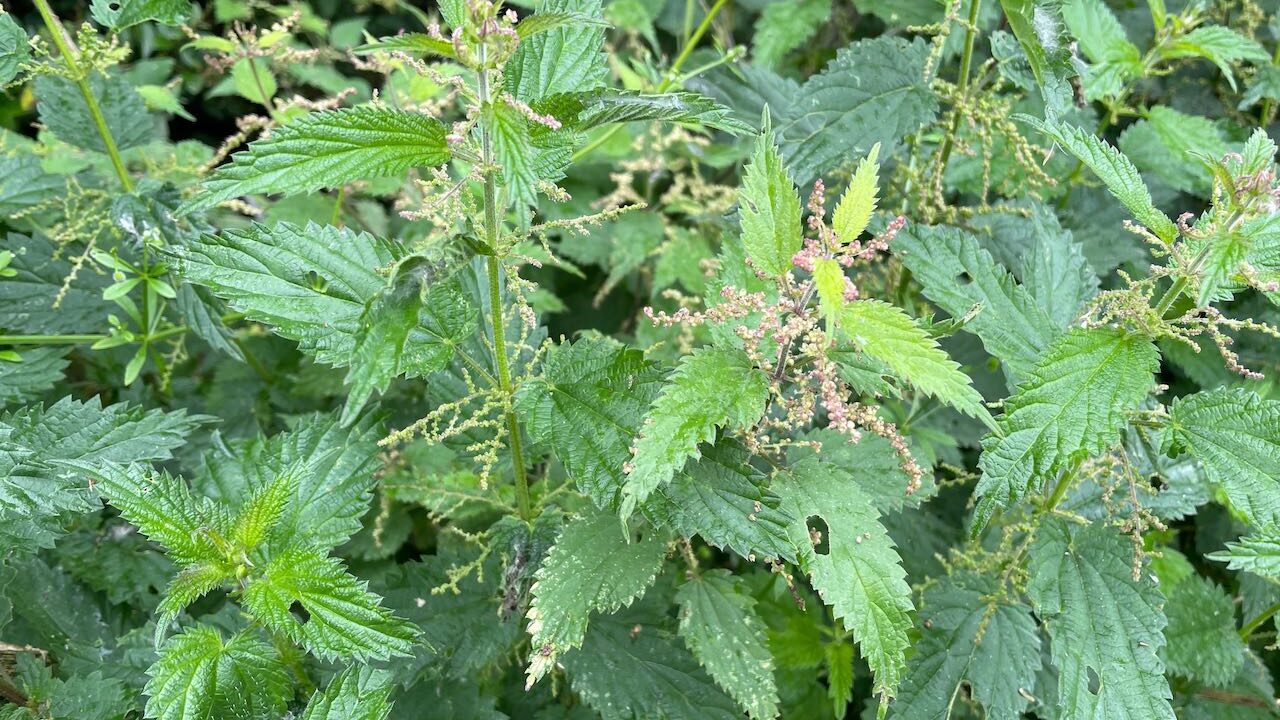
Feel free to mix and match herbs to create a blend that suits your personal needs or intentions. I tend to layer at least three herbs or plants in each smudge stick, as the number 3 has extra special magickal properties.
The number 3 is considered lucky in magick and spiritual traditions due to its deep symbolism and powerful associations. In many cultures, it represents harmony, balance, and completion, as seen in the three phases of life (birth, life, death), the threefold law in Wicca (what you send out returns threefold), and the Triple Goddess archetype (Maiden, Mother, Crone) representing the cycle of womanhood and lunar phases.
The number 3 is also linked to creativity and manifestation, where combining two forces (like male and female energy) produces a third, symbolizing creation. Its recurrence in spells and rituals amplifies intentions, making it a number of strength and magic.
Once you’ve chosen your herbs, it's time to harvest them. Cut the stems early in the day when they are still fresh and full of essential oils and haven't dehydrated too much in the midday sun. Alternatively, cut them in the evening when the chance of wilting is reduced. Try to keep the stems around 6 to 10 inches long for an easy-to-handle smudge stick.
Gently shake off any dirt or bugs and remove any leaves or flowers that are damaged. For thicker bundles, layer your herbs, alternating between different types of plants if you're making a combination stick.
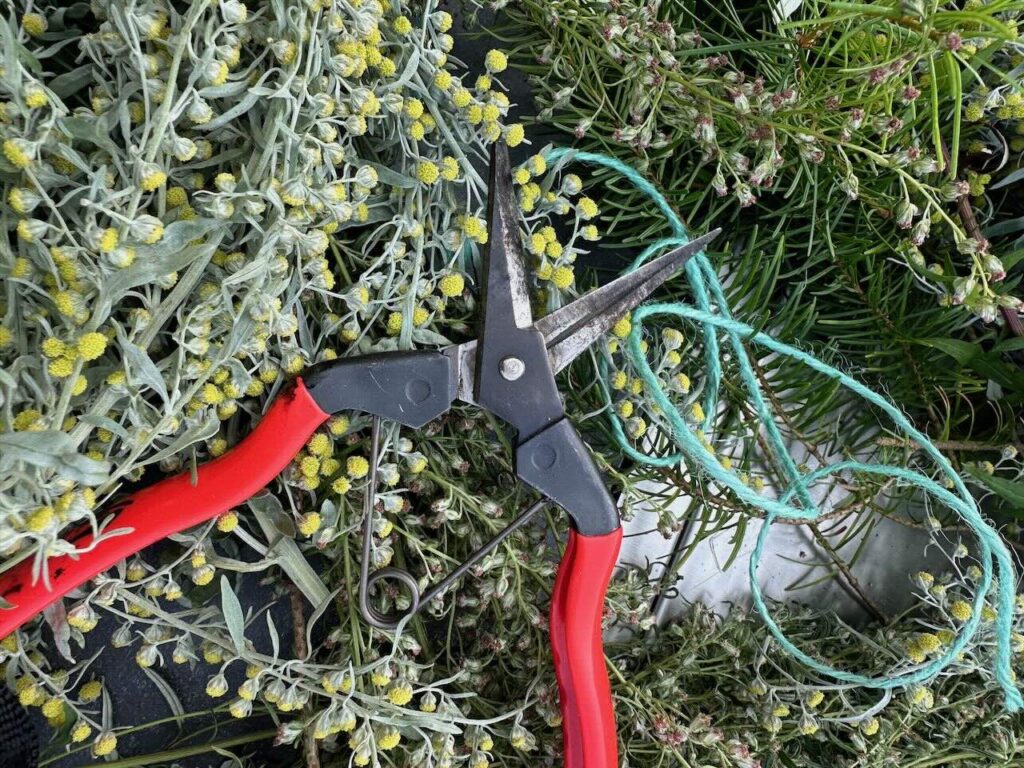
Take your cut herbs and gather them into a neat bundle, ensuring that the cut ends are aligned at the bottom. For larger smudge sticks, add more layers to your bundle, but avoid making it too thick or it will be difficult to dry and burn evenly.
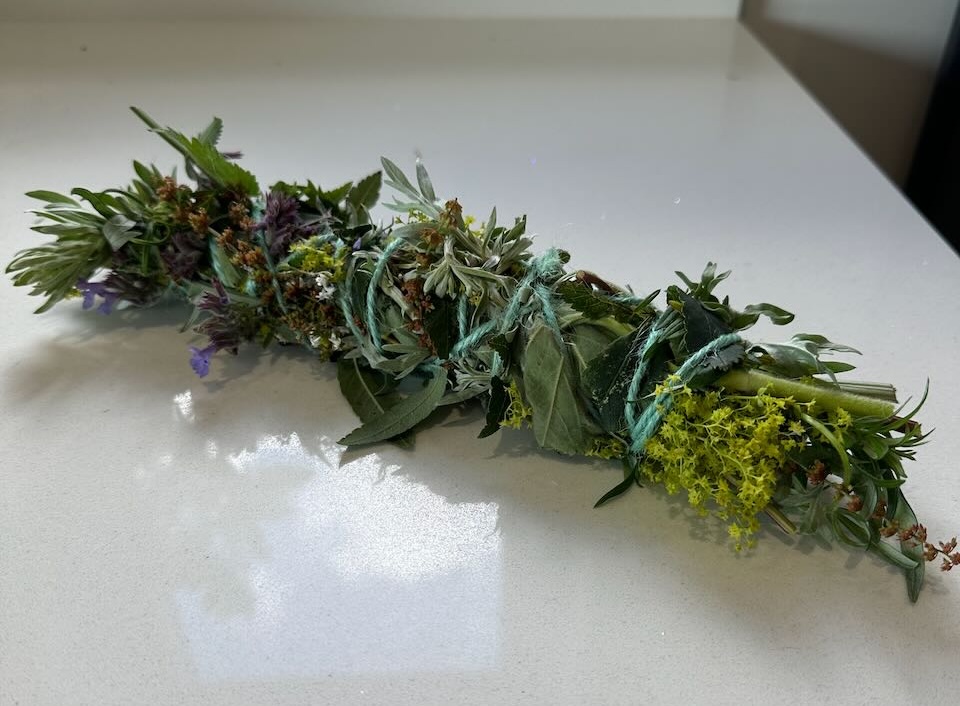
Using the cotton string or twine, begin wrapping the base of the bundle tightly, working your way up toward the top in a spiral fashion. Once you reach the top, reverse and wrap the twine back down to the base, crisscrossing it as you go to hold the herbs together securely.
Tie a knot at the bottom to fasten the bundle in place. You want the bundle to be tight enough that the herbs stay together while drying but not so tight that air can't circulate.
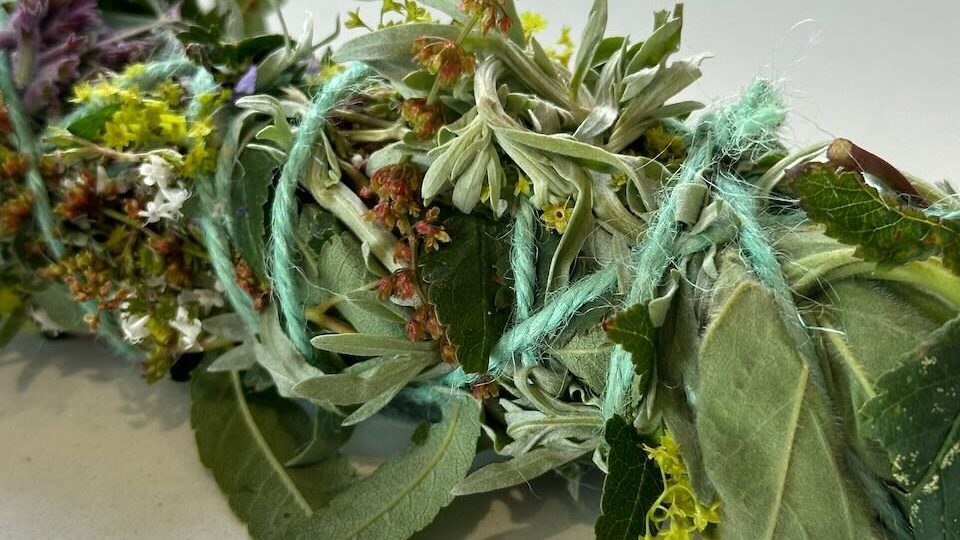
For your smudge stick to burn effectively, it needs to be completely dry. Hang your bundles upside down in a cool, dry place with good air circulation, like a closet or shed. Depending on the humidity and the thickness of your bundle, drying can take anywhere from 3 to 6 weeks.
Be patient and ensure that the smudge stick is fully dry before using it—damp herbs won't burn properly and can cause mold.
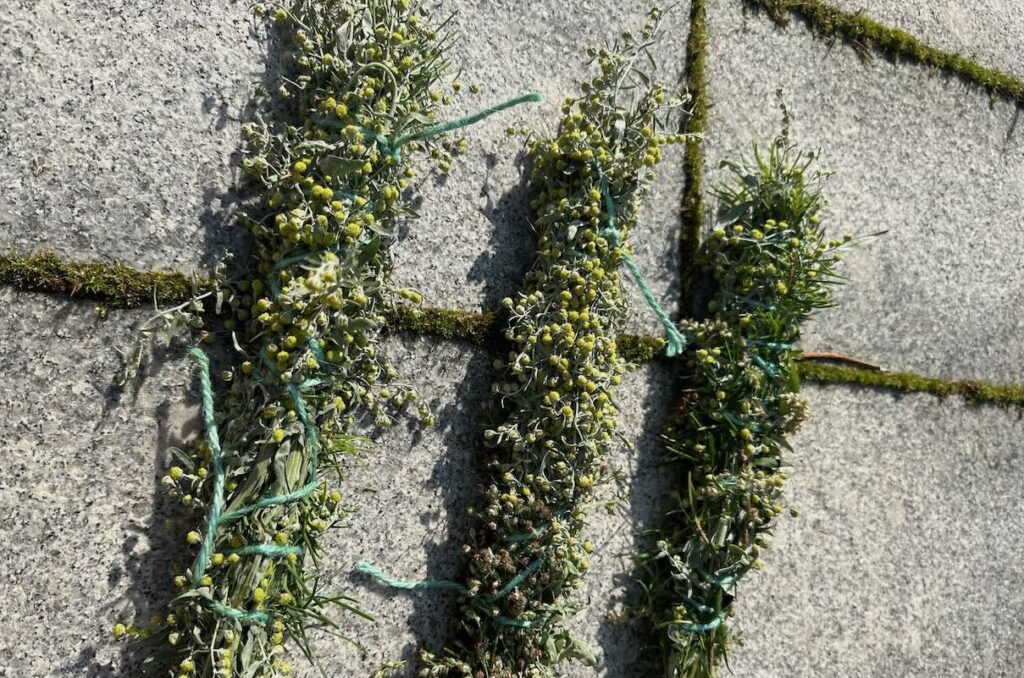
Once dried, your smudge sticks are ready for use! To smudge, light the end of your stick with a match or candle. Once the tip ignites, blow it out gently to allow the herbs to smolder and release their smoke. You can waft the smoke around your home, workspace, or even yourself to cleanse and purify.
When finished, extinguish your smudge stick by pressing it into a fireproof bowl, sand, or soil. You can reuse your smudge stick until it’s fully burned.
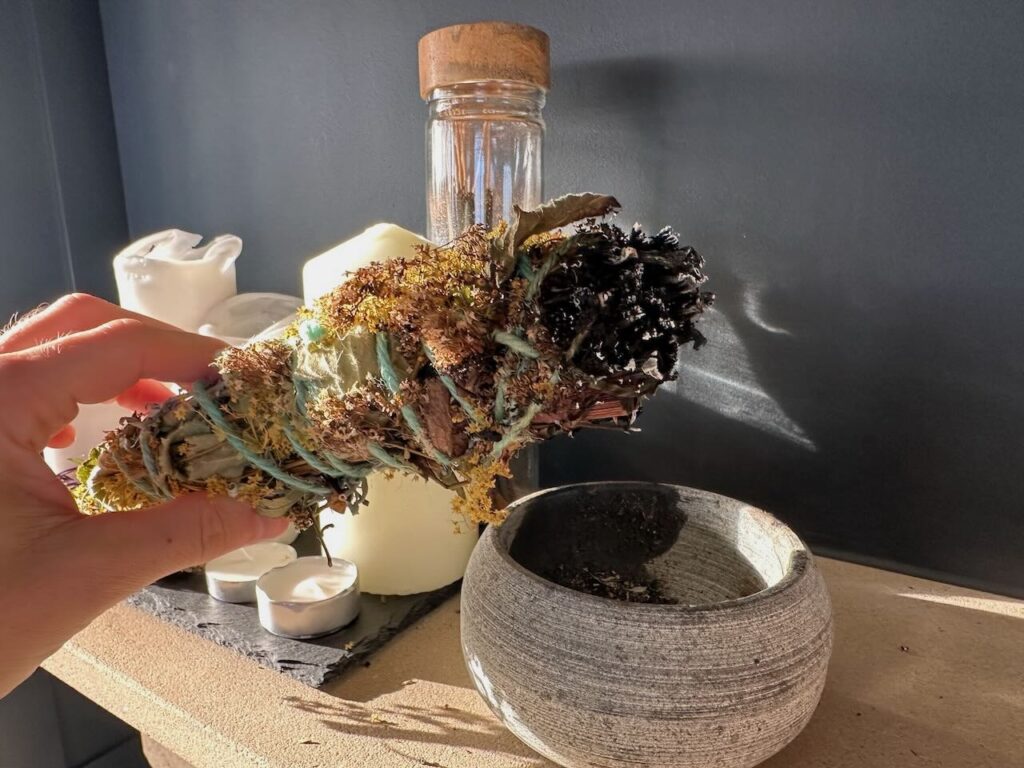
Usually, it takes between 3 to 6 weeks for a homemade smudge stick to dry. This depends on where in the house you're drying it. I leave mine on a fire hearth, which gets full sun, and rotate each week until they have dried out. You can also hang them from beams or utensil wracks in kitchens to dry them.
Please avoid using any ovens or air fryers to dry homemade smudgesticks quickly, though. They will likely become brittle, dusty or even combust in the oven!
Harvest mindfully: Take only what you need from your plants and thank them for their energy.
Store properly: Keep unused smudge sticks in a dry place until you're ready to burn them. A drawer somewhere cool and dry is best, but only put them away once they are fully extinguished.
Intentions matter: As you craft and use your smudge stick, focus on your intentions—whether it's clearing negative energy, fostering relaxation, or setting the tone for a fresh start. This is known as imbuing your smudge stick. The same applies when you light it, take a few deep breaths and set the intention for what you want the smudge stick to clear out for you!
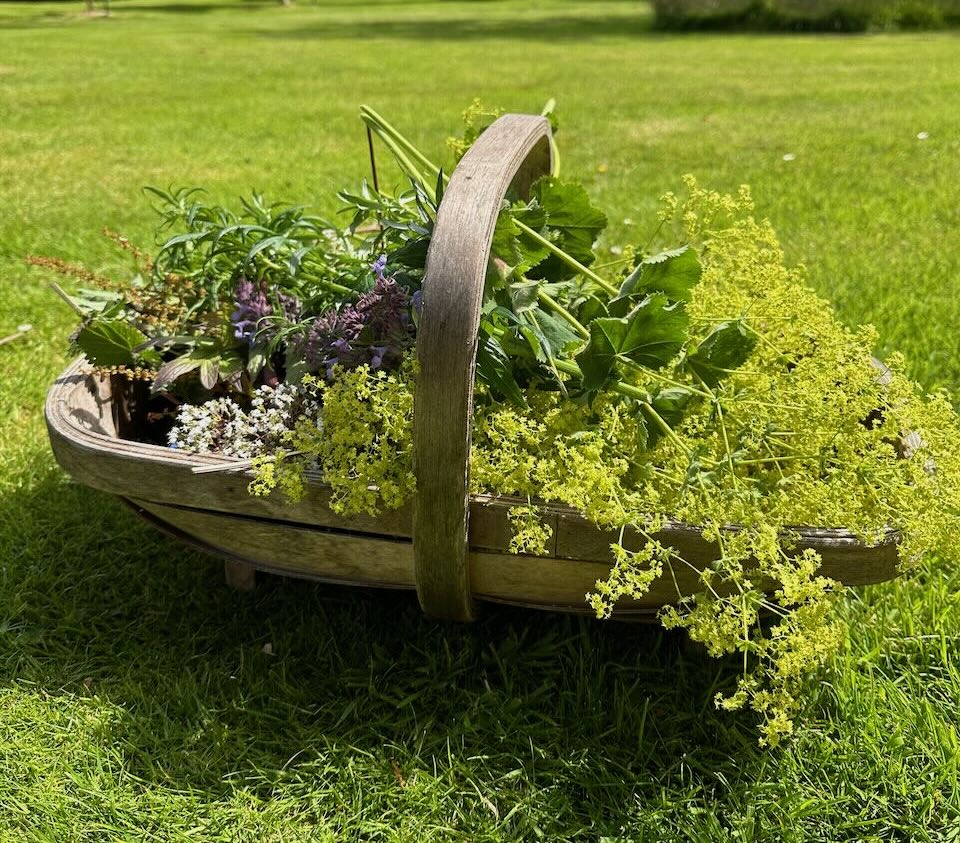
Making your own smudge sticks allows you to connect more deeply with nature and your spiritual practice, enhancing both mindfulness as a gardener and a green or herbal witch. Regardless of your spiritual path using garden plants for more than just beauty helps us to understand how plants grow and makes you a better gardener in the process.
You become more attuned to the plants' energies and healing properties by cultivating and selecting herbs with intention. This hands-on process fosters a greater appreciation for the earth’s cycles and reinforces sustainability by using homegrown, organic ingredients instead of shop-bought incense or fragrances. As a green witch, crafting your own smudge sticks personalizes your rituals, imbuing them with your energy and intentions, making each cleansing or spell more powerful and meaningful.
Happy Gardening!


You must be logged in to post a comment.

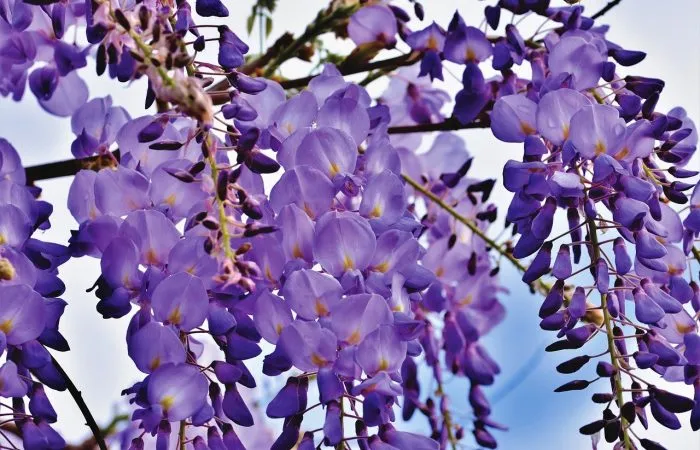
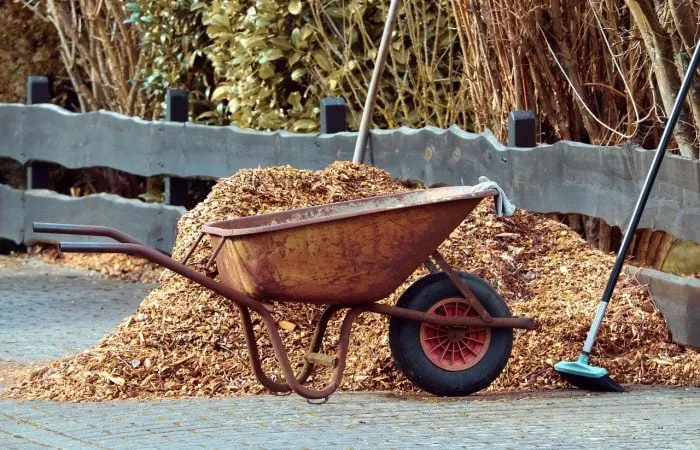
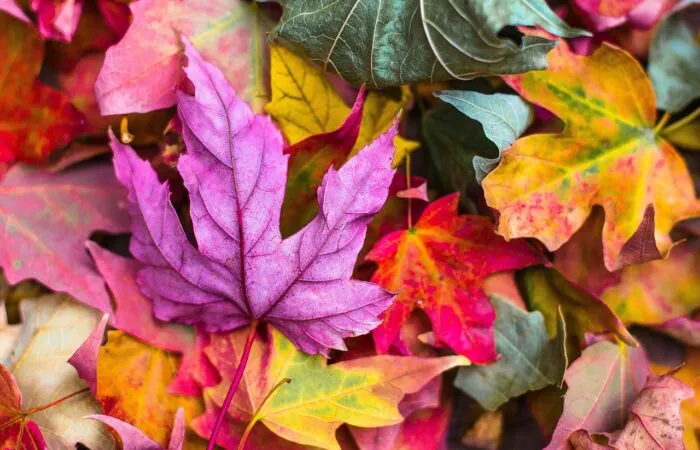

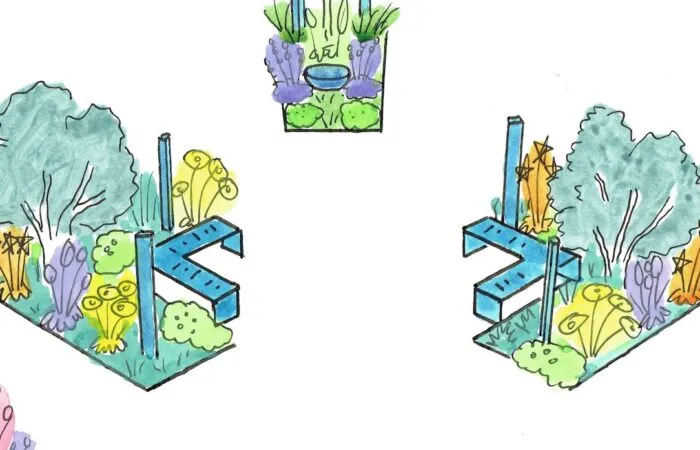
JOIN THE NINJAS

Be the first in line for new Guides, Discount codes and Offers
“What a fantastic post on landscaping! I especially love the tips on creating a sustainable garden that thrives year-round. I’ve been working on designing my own garden space, and I recently found some excellent resources here. Keep up the great work!”